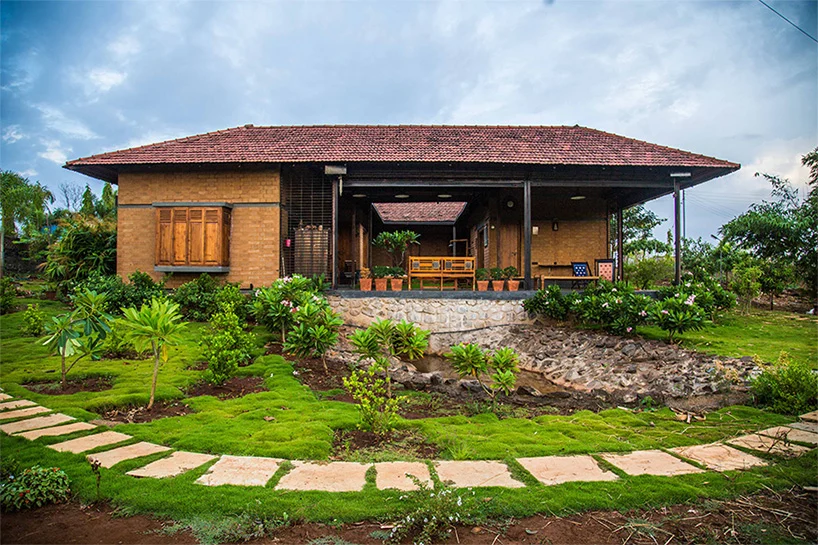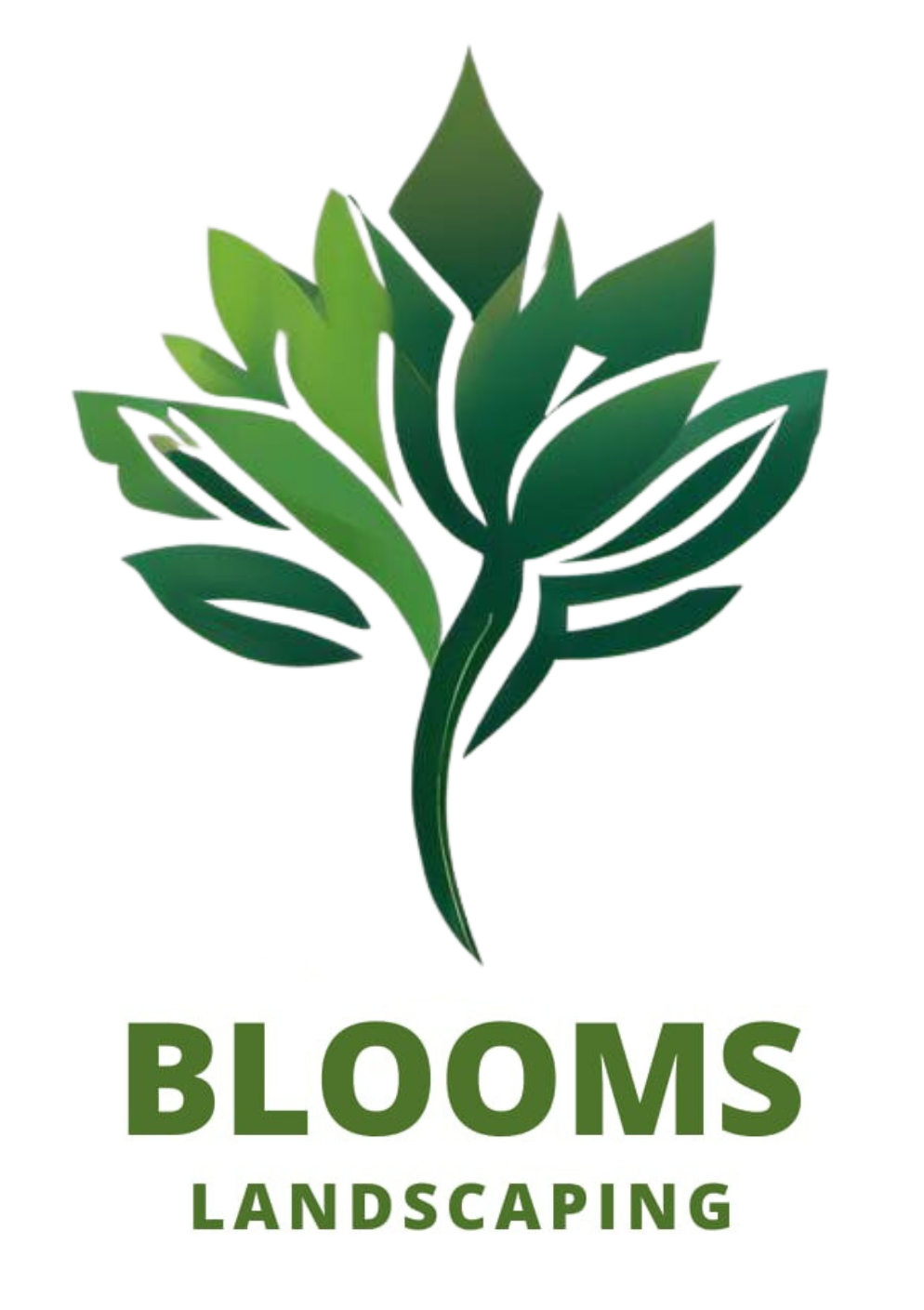
Description
Designing and developing landscapes for resorts, hotels, and farmhouses is an exciting and multifaceted process. These types of projects aim to create inviting and visually appealing outdoor spaces that complement the overall theme and ambiance of the property. Here are some key considerations and elements typically involved in landscape design and development for resorts, hotels, and farmhouses:
Site Analysis: Before beginning the design process, a thorough site analysis is essential. This involves studying the existing topography, vegetation, soil conditions, and climate of the location. Understanding these factors will help in making informed decisions about design elements and plant choices that are well-suited to the site.
Concept Development: The landscape design process starts with the development of a concept that aligns with the property’s overall theme and branding. For resorts and hotels, the landscape should create a sense of luxury, relaxation, and escape. For farmhouses, the design may focus on embracing natural beauty and sustainability.
Outdoor Spaces and Amenities: Designers must consider the specific needs and preferences of the guests or residents. Resorts and hotels may include amenities like swimming pools, outdoor seating areas, dining spaces, walking paths, sports facilities, and gardens. Farmhouses might emphasize organic gardens, orchards, meditation spots, and recreational areas.
Plant Selection: Choosing the right plants is crucial for creating a lush and appealing landscape. Native and climate-appropriate plants are often preferred, as they require less maintenance and are better suited to the local environment. A mix of ornamental plants, trees, shrubs, and groundcovers can add diversity and visual interest.
Hardscape Elements: Hardscape elements, such as pathways, patios, decks, pergolas, and water features, play a vital role in enhancing the design. These features not only provide functionality but also add aesthetic value to the landscape.
Sustainability and Environmental Considerations: Incorporating sustainable design practices, such as water-efficient irrigation systems, rainwater harvesting, and using recycled materials, can help reduce the project’s environmental impact and lower maintenance costs in the long run.
Lighting Design: Thoughtfully designed outdoor lighting can transform the landscape’s appearance during the evening and create a magical atmosphere. It’s essential to consider both functional and decorative lighting elements.
Safety and Accessibility: Designers must prioritize safety and accessibility throughout the landscape. Well-designed pathways, proper lighting, and attention to potential hazards are crucial for ensuring the comfort and well-being of guests or residents.
Collaboration with Architects and Interior Designers: To achieve a cohesive and integrated design, collaboration between landscape designers, architects, and interior designers is vital. This ensures that the indoor and outdoor spaces flow seamlessly and complement each other.
Maintenance and Long-term Planning: Finally, incorporating a maintenance plan from the beginning will help preserve the beauty of the landscape over time. Regular maintenance and periodic updates will be necessary to keep the outdoor spaces looking their best.
Why Choose ?
Blooms Landscaping
- High Quality Landscaping
- Affordable Cost
- Trained & Background Verified Staff
- Timely Delivery of Service
